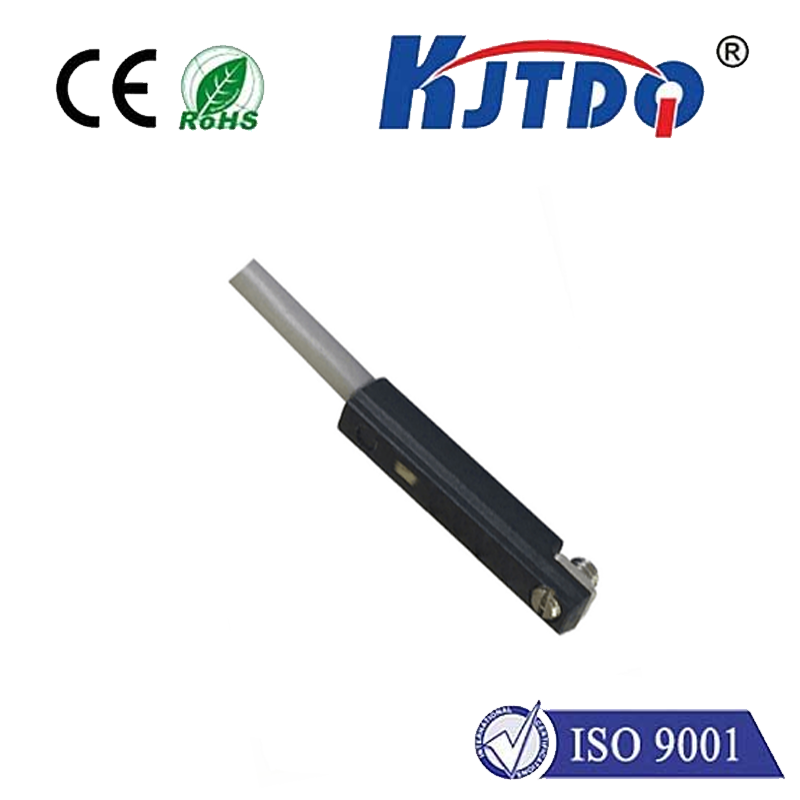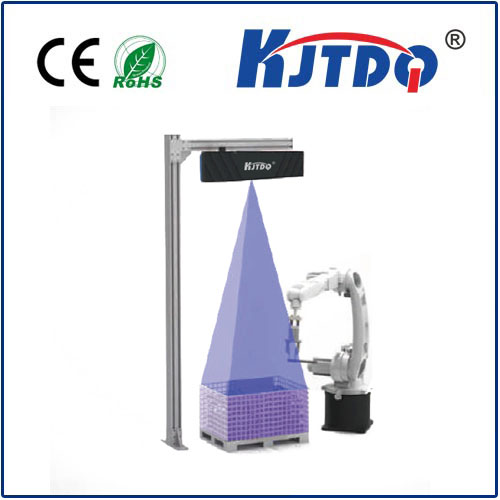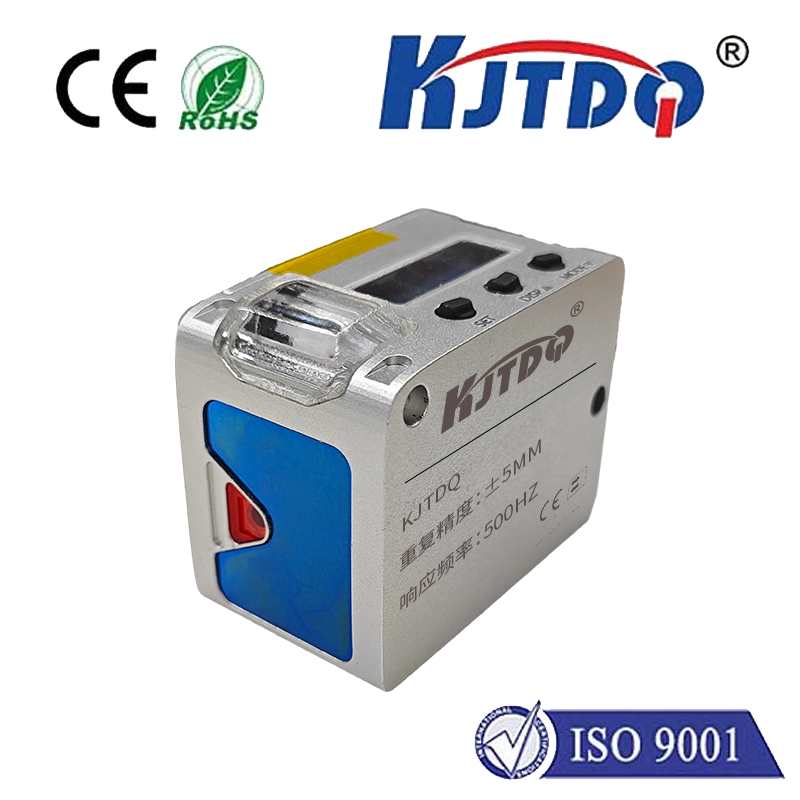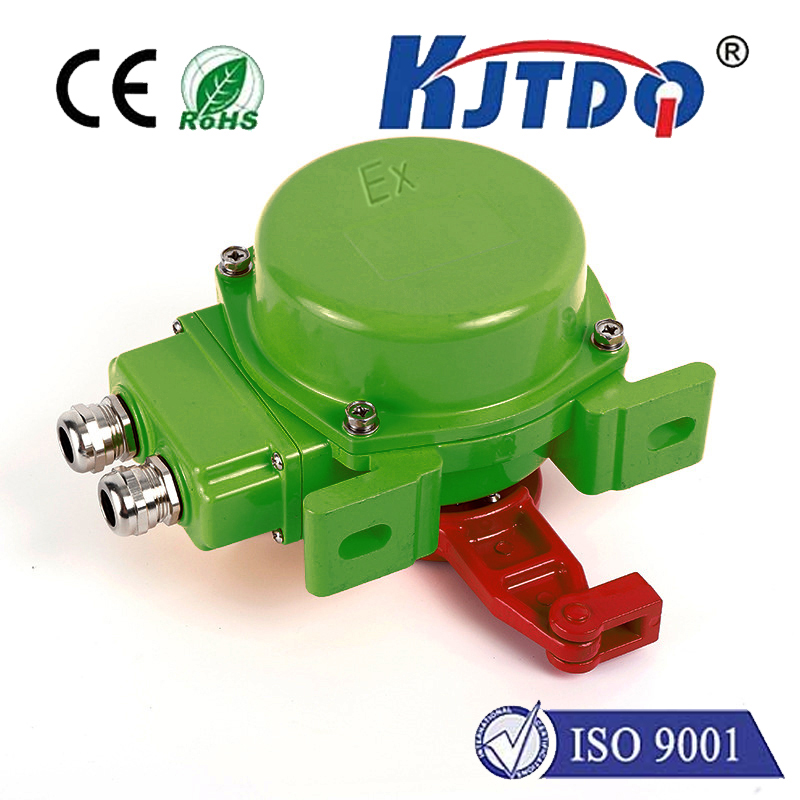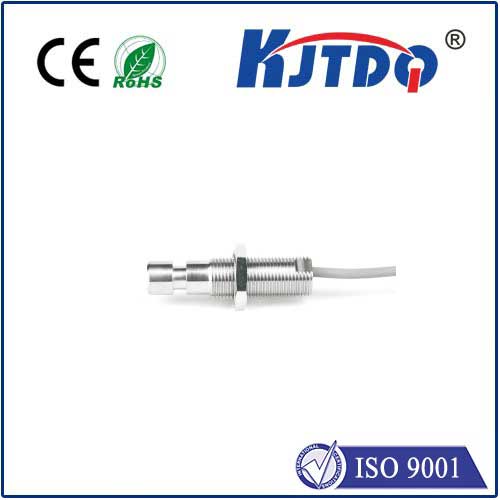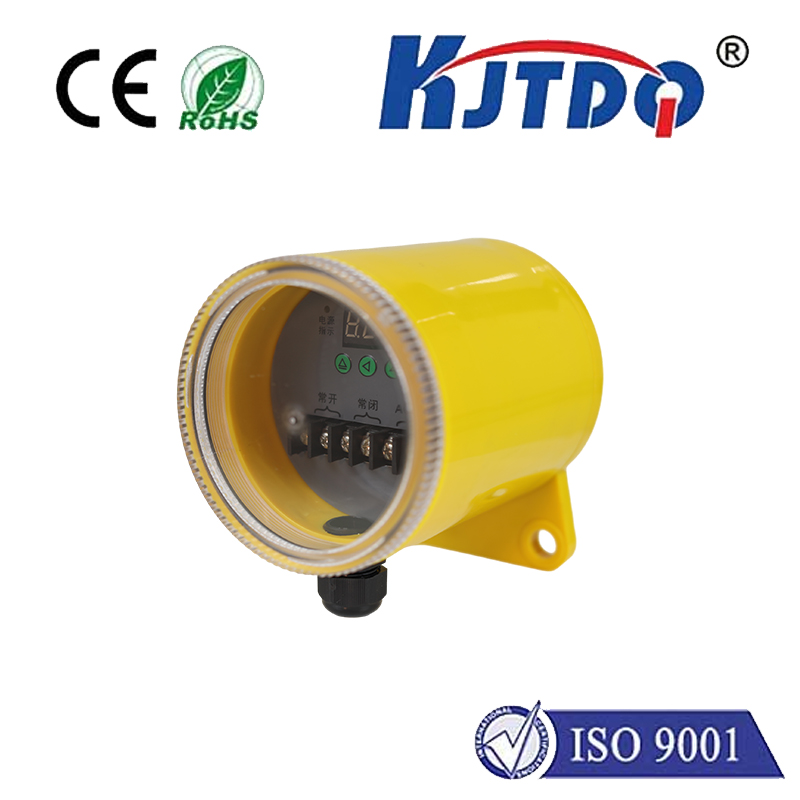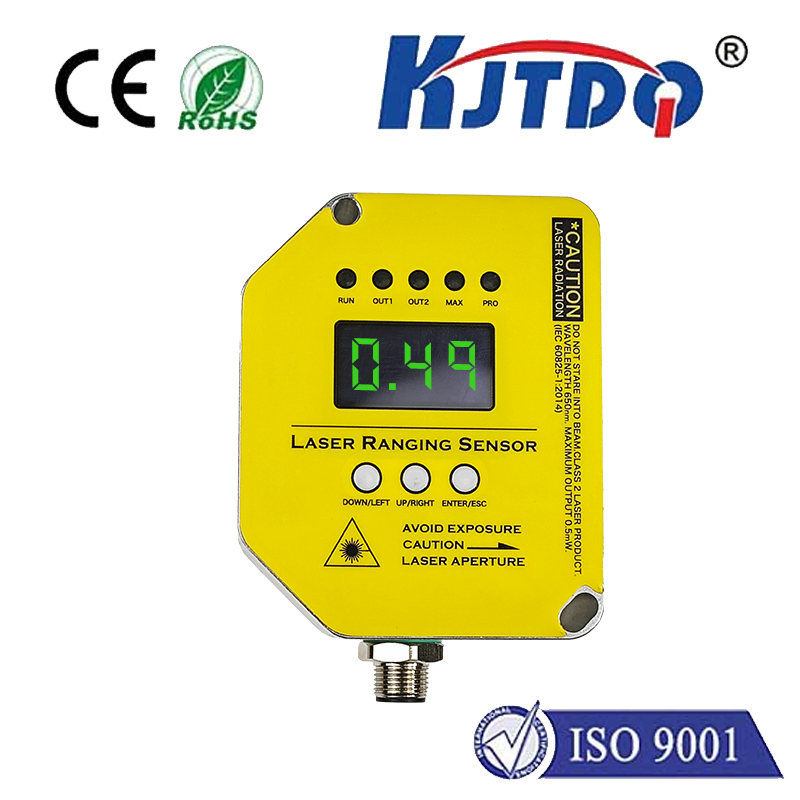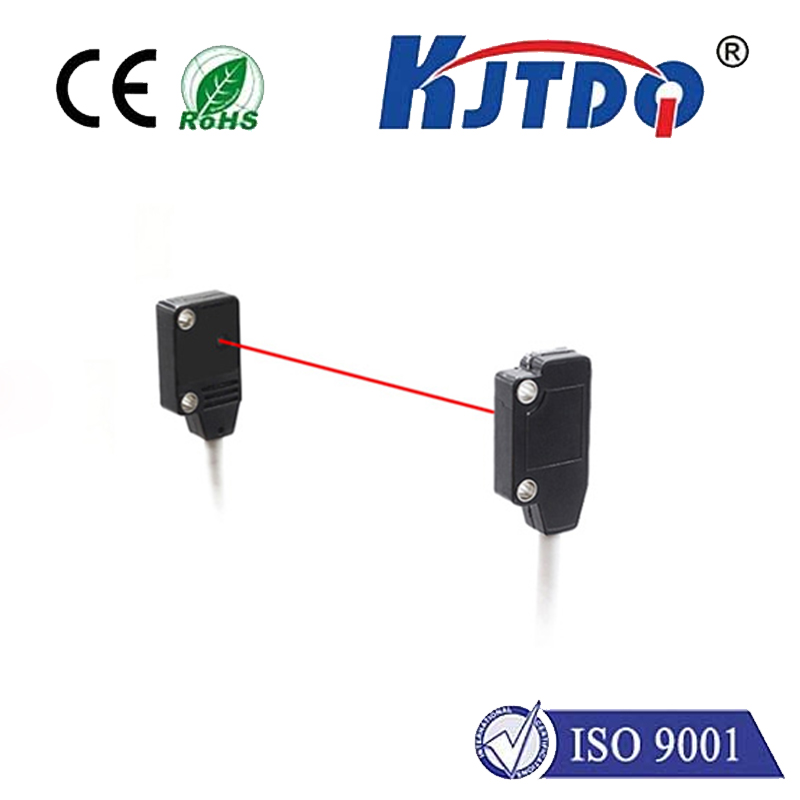
check

check

check

check
Title: The Role of Triac and APL in 210N Limit Switch
Triac (Triangular AC Interrupter) and APL (Advanced Power Logic) are two essential components that play a significant role in the functioning of a 210N limit switch. These components work together to ensure smooth and efficient operation of electrical systems, particularly in applications where precise control over power is required. In this article, we will explore the importance of Triac and APL in the context of a 210N limit switch and their functions.

Firstly, let's understand what a 210N limit switch is. A 210N limit switch is a type of mechanical switch that is designed to detect the motion of an object in a closed loop system. It consists of a coil, a contact, and a mechanism that opens or closes the contact when the object approaches or moves away from the coil. The purpose of using a 210N limit switch is to provide accurate feedback on the position of the object, which can be used to control various aspects of the system, such as speed, direction, and torque.
Now that we have understood the basic working principle of a 210N limit switch, let's turn our attention to Triac and APL. Triac is an electronic switching device that can turn on or off quickly at a specific voltage or current level. It is commonly used in applications where high-speed switching is required, such as in motor controls and power supplies. APL, on the other hand, is a programmable logic controller (PLC) that allows users to program various tasks and functions into the system.
The primary function of Triac in a 210N limit switch is to act as a trigger or interrupter. When the object approaches the coil, it sends a signal to the Triac, causing it to open and connect the contact to ground. This action triggers an alarm or signal in the system, alerting operators that the object has reached its limit switch. Once the object has passed the set point, the contact returns to its original state, closing the circuit and stopping the alarm.
APL plays a crucial role in controlling the operation of the Triac and other components within the system. By programming specific conditions into the APL, users can specify when the alarm should trigger and how it should respond. For example, they can configure the APL to send an email or text message notification to operators, log data into a database, or even control additional devices such as lights or motors. The flexibility and versatility of APL make it an essential tool for controlling complex systems with multiple components.
In conclusion, Triac and APL are critical components in ensuring accurate and efficient operation of a 210N limit switch. Triac provides rapid switching capabilities necessary for quick detection of motion, while APL enables users to program complex actions and functions into the system. By combining these two components, engineers can create powerful systems that can adapt to various situations and requirements.
